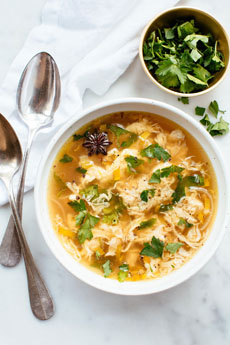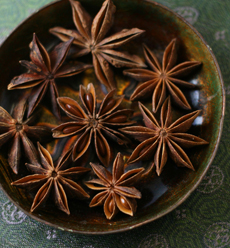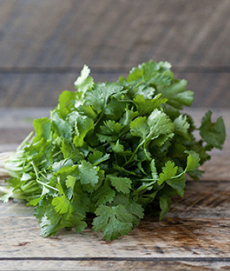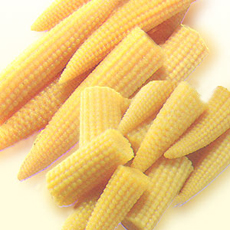TIP OF THE DAY: Make Egg Drop Soup
 [1] Egg drop soup is known for its strands of eggs, beaten into the hot soup (photos #1 and #2 © Good Eggs | San Francisco).
|
Chinese egg drop soup is a very simple concept: chicken broth with thin strands of cooked egg. The strands are created by pouring a thin stream of beaten eggs into hot broth at the end of cooking.
It’s the easiest dish you can make to celebrate the Chinese New Year—also called the Lunar New Year, since other countries in Asia celebrate the holiday. With no added fat or carbs, it’s also spot-on for new year’s diet resolutions—American or Chinese versions. The recipe below, from Good Eggs in San Francisco, is more sophisticated than what you get at Chinese restaurants in the U.S. Star anise and miso give the soup so much flavor, it becomes a knock-your-socks-off alternative to the standard American version—typically a bland, gummy (from too much cornstarch) soup. While you’re at it, make your own Chinese fortune cookies for dessert! In China, the dish that we call egg drop soup is called egg flower soup. Food historians can’t pin a date on the emergence of the recipe, but the domestication of fowl for eggs was recorded as far back as 1400 B.C.E. Similar recipes combining chicken broth and eggs appear in other cultures as well. |
|
|
|
||
|
RECIPE: CHINESE EGG DROP SOUP
Prep time is 15 minutes, cook time is 20 minutes. You can buy the broth or make it with this recipe. Ingredients For 2-4 Servings 1. HEAT 2 tablespoons of olive oil over high heat in a big soup pot. When the oil is hot, add the leek and cook for about 6 minutes, until it is soft and starting to turn golden brown. At this point, turn the heat down to medium and carefully add the broth. Then whisk in the star anise, soy sauce and vinegar. 2. ADD the miso: Pour a ladleful of the broth into a small bowl and add the miso. Whisk to incorporate, then pour the enhanced broth back into the pot. Simmer for about 15 minutes. While the broth cooks… 3. WHISK the eggs vigorously in a mixing bowl that has a pouring spout, until the whites and yolks are completely (and we mean completely) combined. When the broth has simmered and you’re ready to eat, turn the heat to high and bring the broth to a boil. As soon as it’s boiling, turn the heat back down to low and wait until the broth is at a steady simmer. |
 [3] Star anise is perhaps the most beautiful spice (photo © SilkRoadSpices.ca).
|
|
|
4. At this point, hold the bowl of eggs in your left hand and slowly stir the broth with a whisk in your right hand. Pour the egg into the broth in a slow and steady stream and watch it form an eggy ribbon as soon as it hits the broth. (If it doesn’t immediately form a ribbon, the broth needs to be hotter—so stop pouring and turn up the heat for a few minutes before trying again.) Continue to pour and stir slowly until all of the eggs are in. Let the broth stand for a few minutes for the eggs to finish cooking, then WHAT IS STAR ANISE? Perhaps the prettiest spice, star anise (photo #3) comes from an evergreen tree native to Vietnam and China. Although it is not related to the herb anise, it closely resembles anise in flavor since both contain the organic compound anethole. Star anise, the seed of the tree, is harvested from the star-shaped pericarp*. It is widely used in China, where it is a component of Chinese five-spice powder; in India it is a major component of garam masala. It is also prominent in Indonesian and Malaysian cuisines. In Vietnam, you’ll find it in our favorite soup, pho. It is widely grown for commercial use in China, India, and most other countries in Asia. The French use it in mulled wine (vin chaud). *Pericarp is a type of plant tissue, the outer layer of the flower’s ovary wall. It surrounds the seeds, in this case, the star anise. |
||




